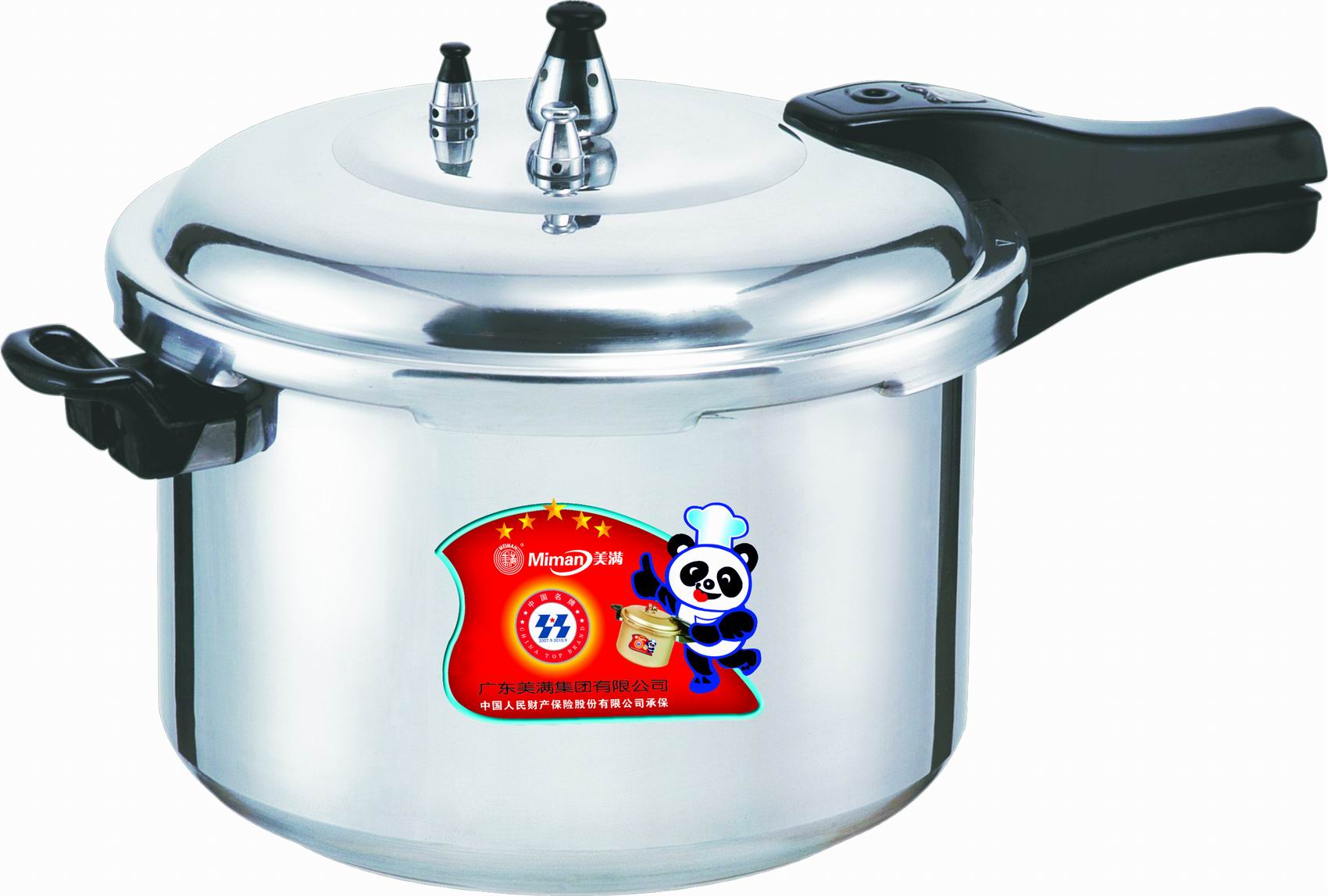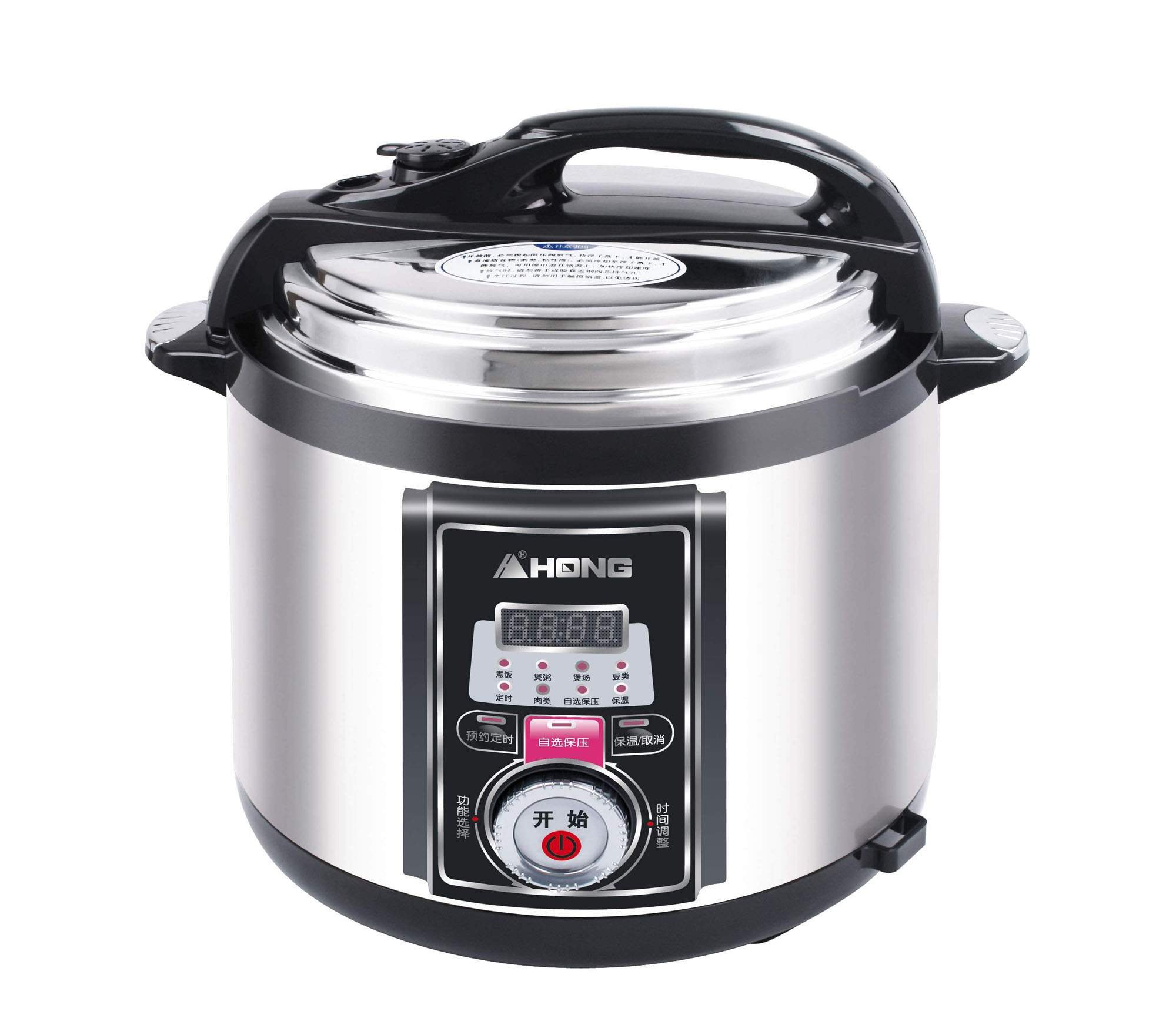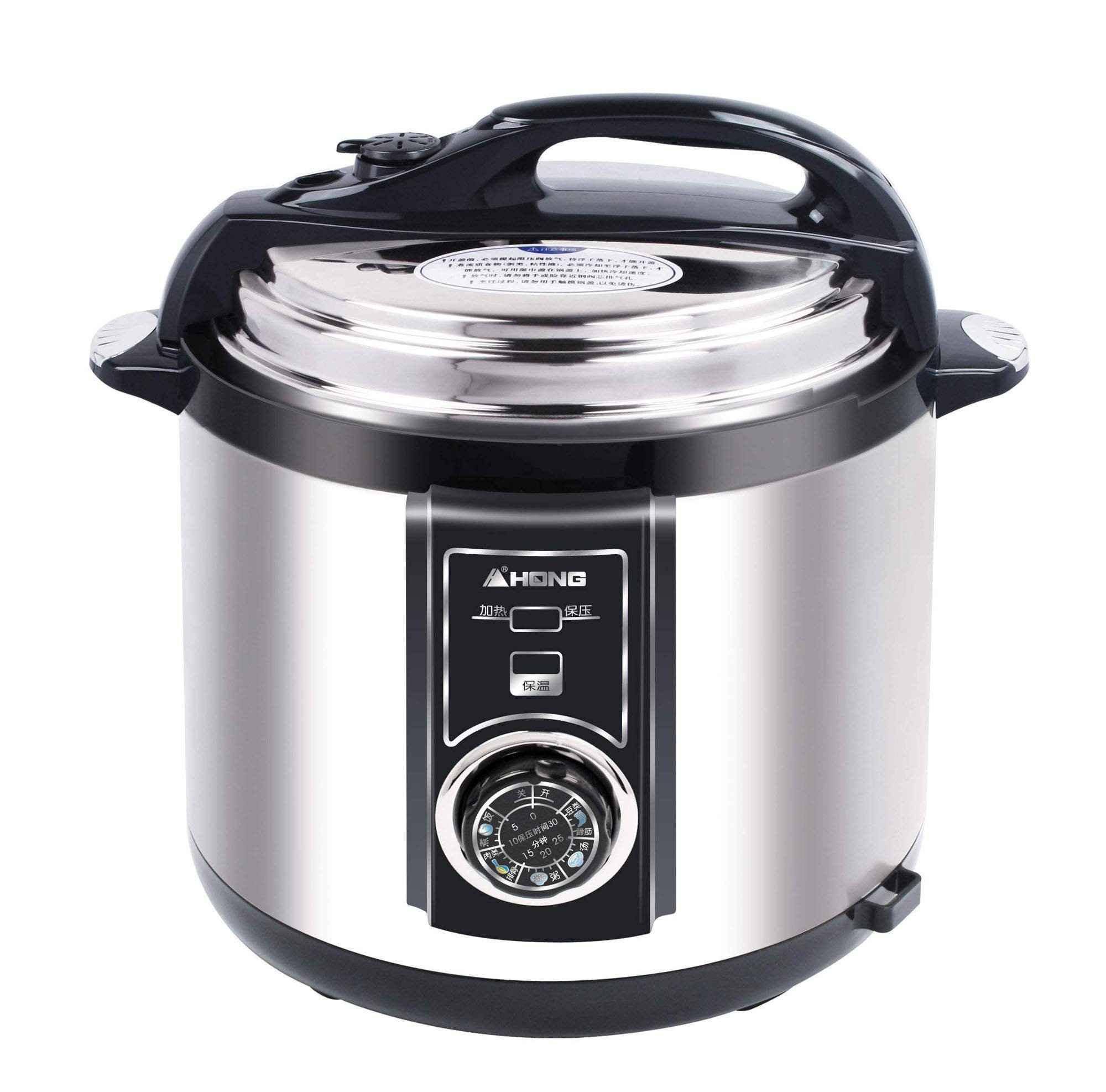Pressure cooker
Pressure cooking is the process of cooking food, using water or other cooking liquid, in a sealed vessel — known as a pressure cooker, which does not permit air or liquids to escape below a pre-set pressure.
Pressure cooking allows food to be cooked with greater humidity and higher temperatures than possible with conventional boiling or steaming methods. In an ordinary non-pressurised cooking vessel, the boiling point of water is 100 °C (212 °F) at standard pressure; the temperature of food is limited by the boiling point of water because excess heat causes boiling water to vaporize into steam. In a sealed pressure cooker, the boiling point of water increases as the pressure rises, resulting in superheated water. At a pressure of 15 psi (103 kPa) above atmospheric pressure, water in a pressure cooker can reach a temperature of up to 121 °C (250 °F).
















No comments:
Post a Comment